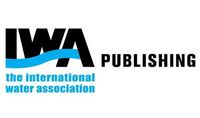
Filtration & Chlorination Systems: Household Water Treatment Options in Developing Countries
Five household water treatment and safe storage (HWTS) options – chlorination, solar disinfection, ceramic filtration, sand filtration, and flocculation/disinfection – are proven to improve microbiological quality and prevent diarrheal disease in developing countries. Other options – such as filtration & chlorination systems – are widely implemented but lack peer-reviewed research that specifically proves the option reduces diarrheal disease incidence. Because filtration & chlorination systems include processes proven to reduce disease, they are presumed to be effective. Organizations that want to develop HWTS programs are often faced with the difficult decision of selecting which option or options are appropriate for their particular circumstances, and how to choose between proven and unproven options. The most appropriate HWTS option for a location depends on existing water and sanitation conditions, water quality, cultural acceptability, implementation feasibility, availability of HWTS technologies, and other local conditions. This series of fact sheets is designed to assist organizations in comparing, and ultimately selecting, the appropriate HWTS option or options. For more information on household water treatment, please visit www.who.int/household_water. For more information on filtration & chlorination systems, please visit www.giftofwater.org or www.eaglespring.com.
Continue reading the full article
Customer comments
No comments were found for Filtration & Chlorination Systems: Household Water Treatment Options in Developing Countries. Be the first to comment!
